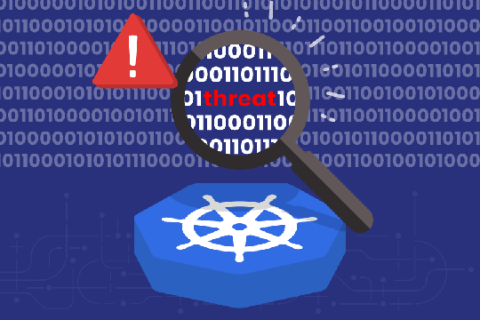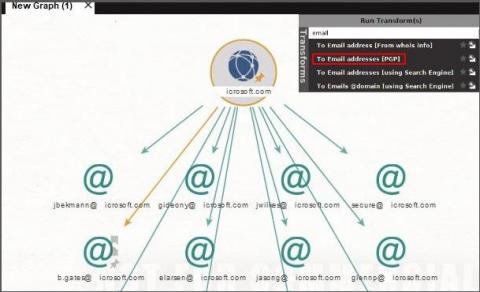Babylon Health App Leaked Patients' Video Consultations
Babylon Health, makers of a smartphone app that allows Brits to have consultations with NHS doctors, has admitted that a “software error” resulted in some users being able to access other patients’ private video chats with GPs.







